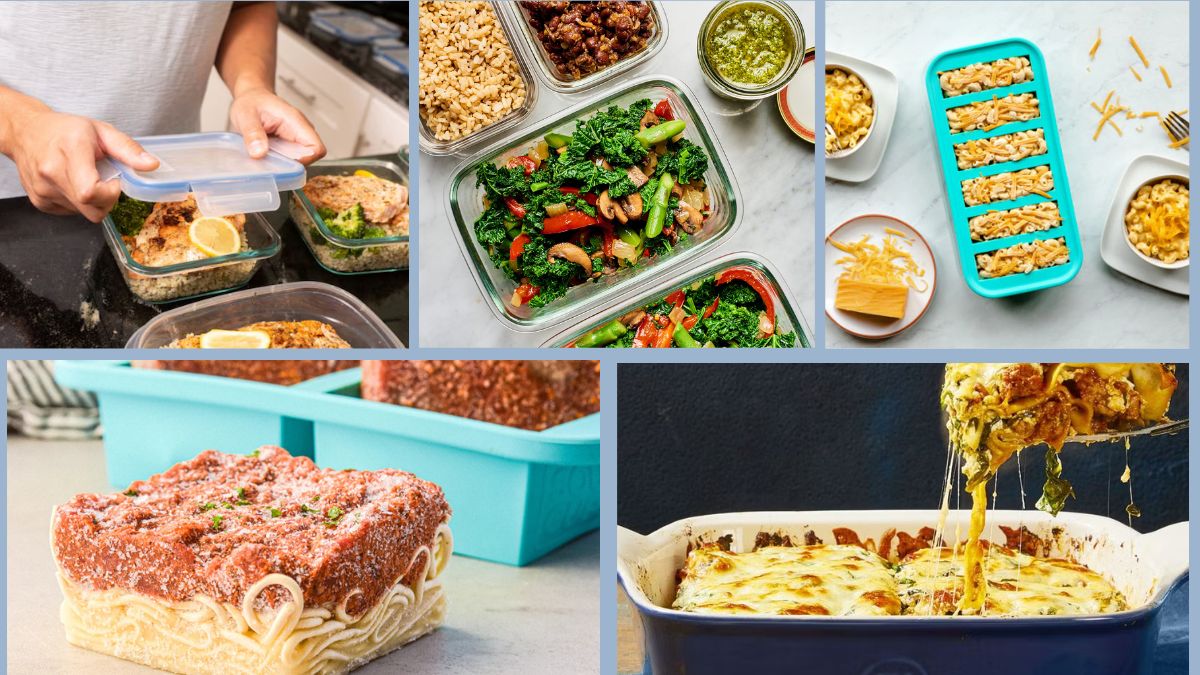Weeknights can be busy, exhausting, and chaotic—but that doesn’t mean your meals have to be. Prepared meals can be a lifesaver when you’re juggling work, family, and self-care. With a little planning and smart storage strategies, you can enjoy delicious, healthy, plant-based dinners every night of the week without the stress of daily cooking.
In this detailed guide, we’ll cover everything you need to know about storing prepared meals safely and efficiently, ensuring freshness, flavor, and nutrition—without any non-vegetarian ingredients.
Why Store Prepared Meals?
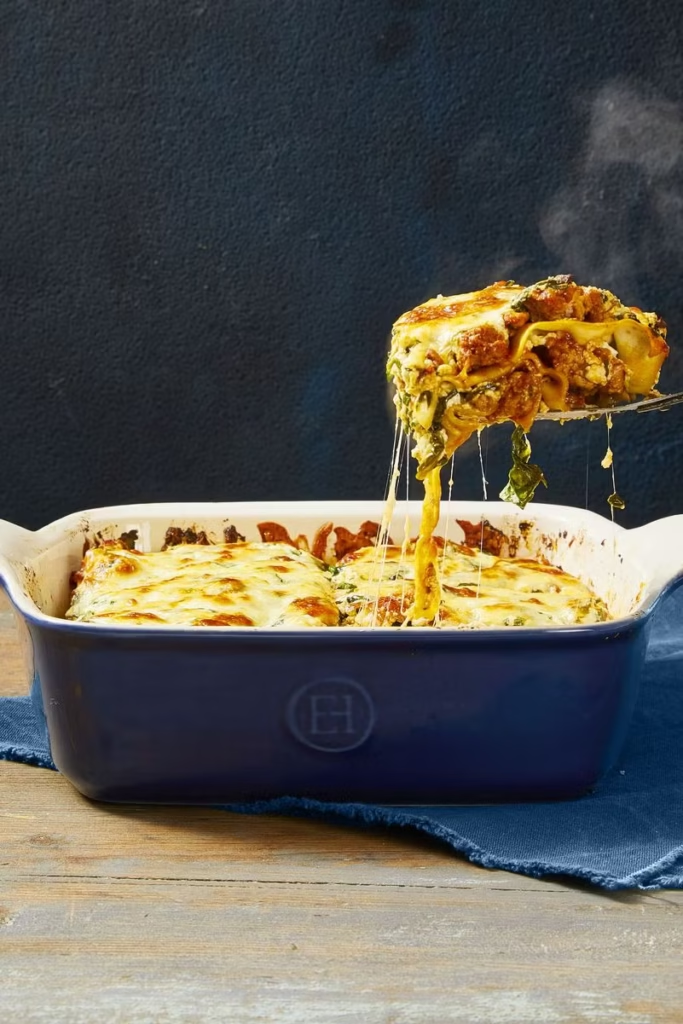
Meal prepping and storing meals in advance offers numerous benefits:
- Saves time during hectic weeknights
- Reduces food waste
- Encourages healthy eating habits
- Lowers grocery and dining-out costs
- Provides portion control
- Prevents last-minute unhealthy choices
Whether you’re prepping a batch of lentil curry, stir-fried tofu, roasted vegetables, or hearty soups, proper storage is essential to preserve taste and prevent spoilage.
Best Practices for Storing Prepared Meals
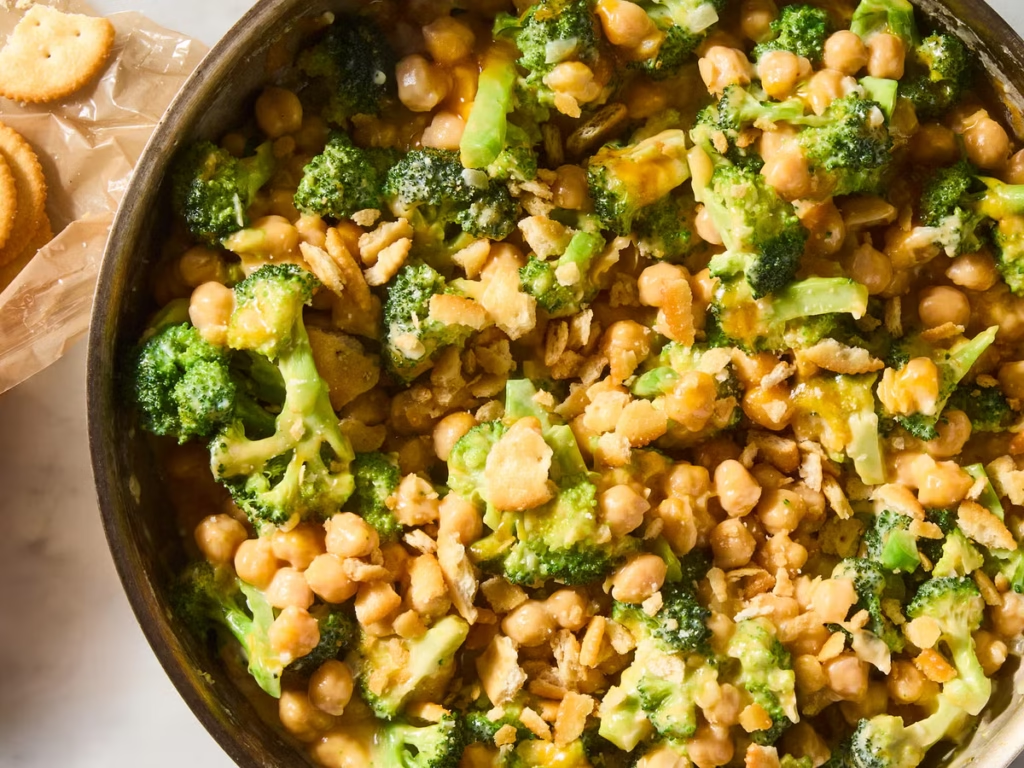
Let’s dive into the essentials of how to store your plant-based meals the right way.
1. Plan Your Weekly Menu
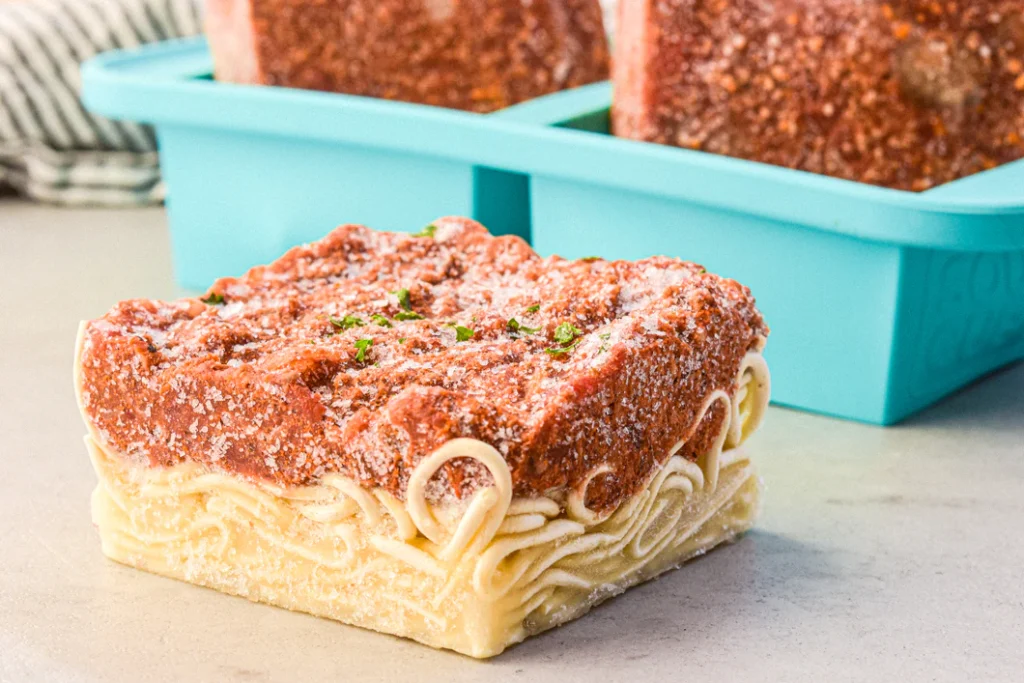
Before cooking, decide what meals you’ll be eating throughout the week. Include:
- A balance of grains, legumes, vegetables, and plant proteins
- Meals with overlapping ingredients (e.g., quinoa used in bowls and salads)
- Foods that reheat well (some textures, like roasted veggies or tofu, hold up better than others)
Sample Weekly Plant-Based Dinner Plan:
- Monday: Chickpea curry with brown rice
- Tuesday: Stir-fried tofu with veggies and soba noodles
- Wednesday: Lentil shepherd’s pie
- Thursday: Vegan chili with sweet potato
- Friday: Buddha bowl with quinoa, hummus, and roasted vegetables
2. Choose the Right Containers
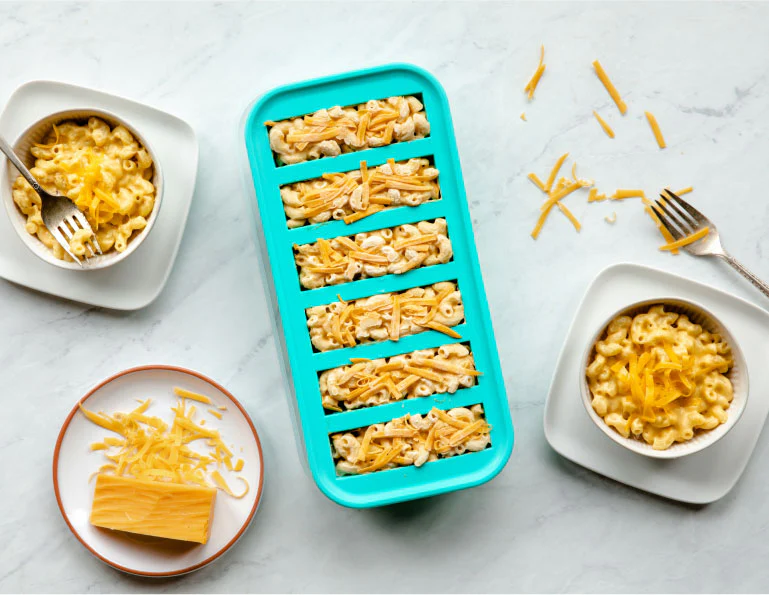
The quality and type of storage containers can make or break your meal prep game.
Best options:
- Glass containers with airtight lids – ideal for oven reheating and maintaining flavor
- BPA-free plastic containers – lightweight and stackable
- Mason jars – great for layered salads or soups
- Silicone bags – flexible, reusable, and freezer-safe
- Divided meal prep containers – perfect for portion control and keeping sauces separate
Tip: Choose clear containers so you can easily see what’s inside without opening each one.
3. Label and Date Everything
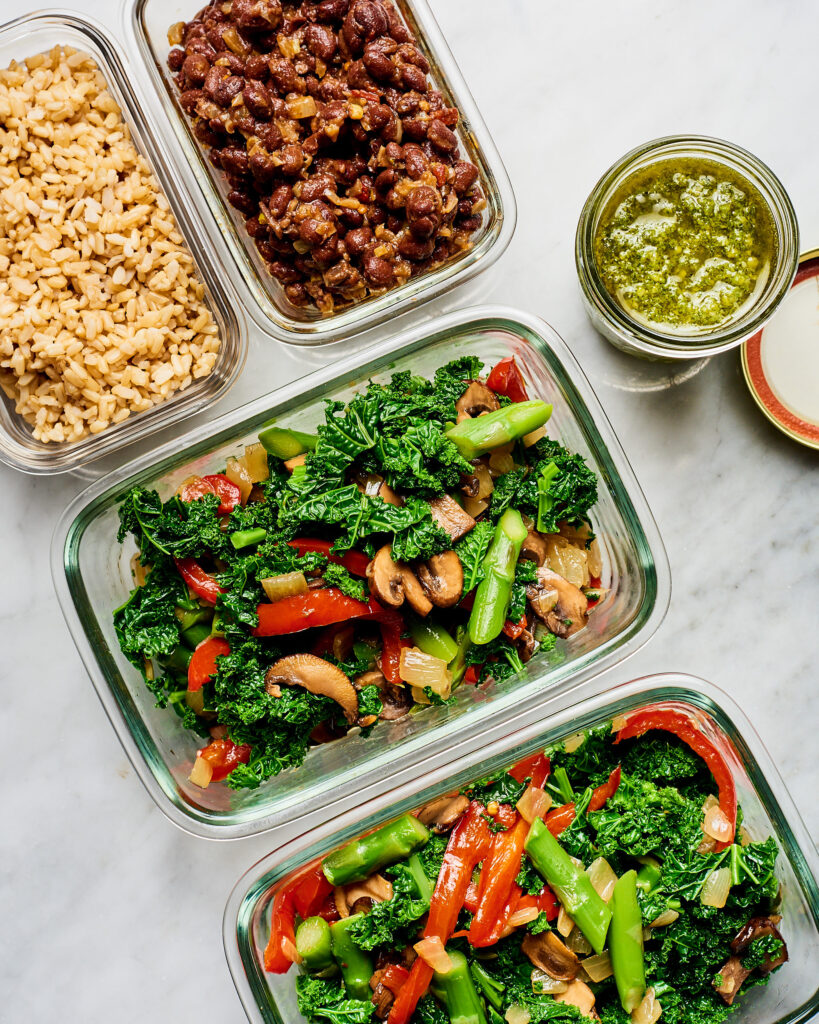
Use masking tape or reusable labels to include:
- Name of the dish
- Date of preparation
- Optional: reheating instructions or portion size
This helps avoid confusion and ensures you eat older meals first (First In, First Out method).
4. Cool Before Storing
Never place hot meals directly into the refrigerator. Doing so can:
- Raise the internal temperature of your fridge
- Lead to uneven cooling and bacterial growth
- Compromise the texture and moisture of other foods
Best Practice: Allow food to cool to room temperature (within 1–2 hours), then store immediately.
5. Use the Refrigerator and Freezer Strategically
Understanding which meals go in the fridge vs. freezer can extend freshness.
Refrigerator Storage (good for 3–5 days):
- Stir-fries
- Rice dishes
- Roasted vegetables
- Cooked pasta or grains
- Hummus, dips, and sauces
- Salads (with dressing stored separately)
Freezer Storage (good for 2–3 months):
- Soups and stews
- Curries and chili
- Baked casseroles (lasagna, shepherd’s pie)
- Cooked beans, lentils, and rice
- Sauces like pesto, tomato gravy, or tikka masala base
Tip: Freeze in single portions for quick thawing.
6. Avoid Common Storage Mistakes
Even with the best intentions, some mistakes can spoil your food or compromise its safety.
Mistake 1: Storing meals too warm
Always cool first to prevent bacteria growth.
Mistake 2: Using the wrong containers
Thin plastic containers can warp or leach chemicals. Opt for BPA-free or glass.
Mistake 3: Overpacking the fridge
Allow air circulation by spacing containers properly.
Mistake 4: Freezing raw veggies improperly
Always blanch vegetables like broccoli or beans before freezing to preserve texture and color.
7. Smart Reheating Techniques
Reheating stored meals properly ensures both taste and safety.
Microwave Tips:
- Use microwave-safe glass containers
- Add a splash of water to avoid drying out rice or grains
- Stir halfway for even heating
- Cover with a damp paper towel or vented lid
Stovetop Tips:
- Reheat soups, curries, or stir-fries in a non-stick pan
- Add a little broth or plant milk to loosen thick sauces
Oven Tips:
- Ideal for casseroles or baked dishes
- Preheat oven to 175°C (350°F)
- Cover with foil to prevent drying out
- Reheat for 15–25 minutes depending on portion size
8. Portion Control and Balance
Storing meals in pre-portioned containers not only saves time but also encourages healthy eating habits.
A balanced plant-based meal typically includes:
- 1/2 plate vegetables (roasted, steamed, raw)
- 1/4 plate whole grains (quinoa, brown rice, millet)
- 1/4 plate plant proteins (tofu, tempeh, beans, lentils)
- Healthy fats like avocado, nuts, tahini, or olive oil
Use visual cues like divided containers or color-coded lids for easy organization.
9. Batch Cooking Ideas for Plant-Based Dinners
Here are a few versatile dishes that store and reheat beautifully:
- Lentil Dal – freezes well and pairs with any grain
- Vegan Lasagna – slice into portions and wrap individually
- Chickpea or Bean Curry – high in protein and freezer-friendly
- Stuffed Peppers – bake and store in glass containers
- Grain Bowls – prep components separately and mix daily
- Vegan Enchiladas – bake, cool, and store covered in fridge or freezer
10. Weekly Prep Schedule Example
Saturday:
- Grocery shopping
- Wash and chop veggies
- Cook grains (quinoa, rice)
- Prepare base sauces (pesto, curry sauce)
Sunday:
- Batch cook 2–3 entrees
- Portion into containers
- Label, date, and refrigerate or freeze
Monday–Friday:
- Reheat, garnish fresh, and serve within 5–10 minutes
11. Sustainable Storage Tips
Meal prep doesn’t have to be wasteful. Practice eco-friendly habits:
- Choose reusable containers and silicone lids
- Use beeswax wraps or cloth covers for bowls
- Compost food scraps and peels
- Freeze leftovers in ice cube trays (ideal for sauces or broths)
- Buy in bulk and use produce before it spoils
Final Thoughts
Storing prepared meals for weeknight dinners doesn’t just make life easier—it promotes healthy, mindful eating and cuts down on waste and stress. With a little planning, smart storage, and plant-powered creativity, your weeknight dinners can be both nourishing and delicious.
By following the tips above, you’ll have a fridge and freezer full of ready-to-eat, wholesome plant-based meals that save time, reduce decision fatigue, and bring joy to your dinner table—night after night.
